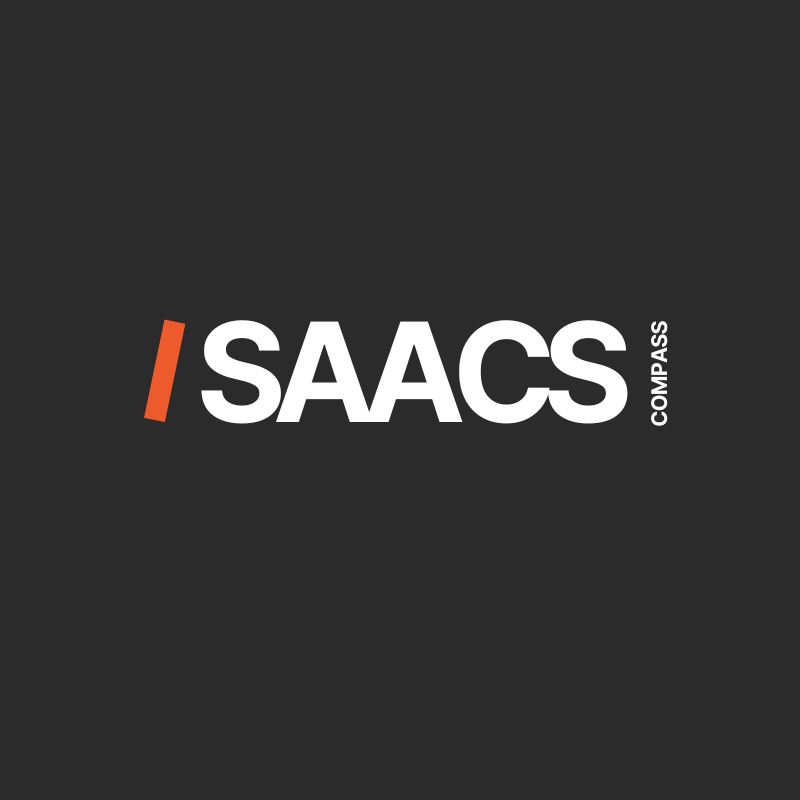Fed-Induced Recession Indicated For 2023
NY Fed’s Recession Probability Model is warning of incoming downturn, with odds at 38% but the indicator’s reliability is so solid, analysts are saying it equals a near-100% chance of a recession.
DataTrek’s Nicholas Colas said: “It is clearly saying high short term interest rates are going to cause a recession in the next 12 months. Moreover, these odds are very likely to increase.”
Colas referenced the model’s 60 year track record, showing nine times out of 11, a probability reading over 30% was able to accurately predict a downturn. The model measures the difference between yields on the 3-month and 10-year Treasury – similar to the 2-10 Treasury curve, a bellwether of a recession when the curve is inverted.
Analysts deem the 3-10 Treasury curve a “more accurate” predictor, as does Fed Chair Jerome Powell, who has termed it his preferred recession warning.
“It is clearly saying high short term interest rates are going to cause a recession in the next 12 months. Moreover, these odds are very likely to increase,” Colas said, referring to the expected 50-basis-point hike at next week’s Federal Open Markets Committee meeting.
While more moderate than recent the streak of 75-basis-point hikes, the probability model suggests markets already see rates as too restrictive, meaning there could be a Fed-induced recession, or as Colas calls it, a “Powell recession.”
“Chair Powell will almost certainly have to answer a question about the likelihood of a recession at his post-FOMC press conference next week. He might cite the NY Fed’s model and say ’38 percent.’ But, based on the model’s history, the real answer is ‘close to 100 percent,'” Colas told CNBC.
Jamie Dimon, CEO of JPMorgan Chase, agrees the U.S. central bank’s tighter monetary policy will likely “cause a mild or hard recession” within “six to nine months,” reports MarketWatch.
Markets are pricing in a 77% probability that the Fed will raise its policy interest rate by another 50 basis points to a range of 4.25% to 4.50% after its December 14th meeting, per the CME FedWatch tool. The central bank is expected to take its fed-funds rate target to 4.95% by May of 2023, according to 30-day Fed Funds futures.
The Housing Market Is Already In a Recession
As Yahoo News reported Tuesday, the U.S. housing market isn’t just facing a recession, it’s already in one:
“The Housing Market Index, a closely watched industry metric that gauges the outlook for home sales, declined to 33 in November on a hundred-point scale, its lowest level in a decade, save for the first dystopian month of the pandemic. Anything under 50 spells trouble.”
The opinion was echoed by the National Association of Home Builders, which publishes the Housing Market Index with Wells Fargo:
“The index has declined for 11 straight months,” said Robert Dietz, chief economist for the homebuilders group. “This is going to be the first calendar year in 11 years where single-family starts,” a measure of new home construction, “will total a smaller volume than the prior year.” Dietz predicts a double-digit decline.
A month earlier, interest rates on a standard 30-year mortgage exceeded 7%, capping the largest single-year increase in at least 50 years. At the start of 2022, the average 30 year mortgage interest rate was about 3.11%, but began increasing almost immediately, rising above 7% in mid-November, then declining to the mid-6’s, entering December at 6.49%–a change of 109.4% from a year ago according to Y Charts.
The difference between a 3% percent interest rate and 7% amounts to a monthly mortgage payment that is about $1k higher on an average U.S. home, and much more for homes in higher-priced areas like Washington DC.
As analysts and economists forecast a recession for 2023, downward pressure is exerted on rates. Dietz and others in the industry expect a 2023 recession, with recovery around the middle of 2023.
